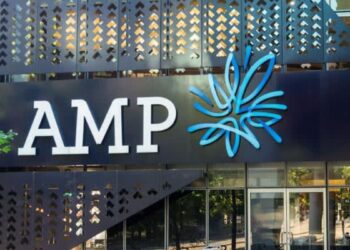In what represents an echo of events during the global financial crisis (GFC), the Australian Securities and Investments Commission (ASIC) has reminded the responsible entities (REs) of listed investment schemes of the need to closely monitor redemptions and suspend those redemptions if necessary.
In a letter focussed on liquidity and written in similar terms to that directed to superannuation fund trustees, ASIC has reminded responsible entities of their obligations including their ability to apply to the regulator for hardship related relief.
The contents of the ASIC letter carries a reminder of the number of mortgage-backed schemes which suspended redemptions and sought hardship-related relief during the GFC some of which did not clear their backlogs for up to two years after the event.
The underlying message contained in the ASIC letter, released publicly late last week, is that REs need to be closely monitoring redemptions and the valuation of scheme property and how that flows through to unit-pricing and then appropriately communicating the facts to members in a timely manner.
“Should a RE find itself in the position of declaring a Scheme non-liquid for an extended period of time, the RE may wish to consider applying to ASIC for hardship relief via the usual process,” it said.
“Taking into account individual circumstances and on a case-by-case basis, ASIC is able to modify the law to facilitate partial investor access to funds in cases of hardship. Should the need arise, ASIC may also provide rolling withdrawal relief to REs to simplify the procedure for periodic withdrawal offers (out of available cash) in appropriate cases.”
“REs are able to apply for one or both types of relief. ASIC Regulatory Guide 136 Funds Management: Discretionary Powers refers to ASIC’s powers to grant hardship relief and rolling withdrawal relief and outlines the factors we may consider when determining whether to grant relief,” the ASIC letter said.





